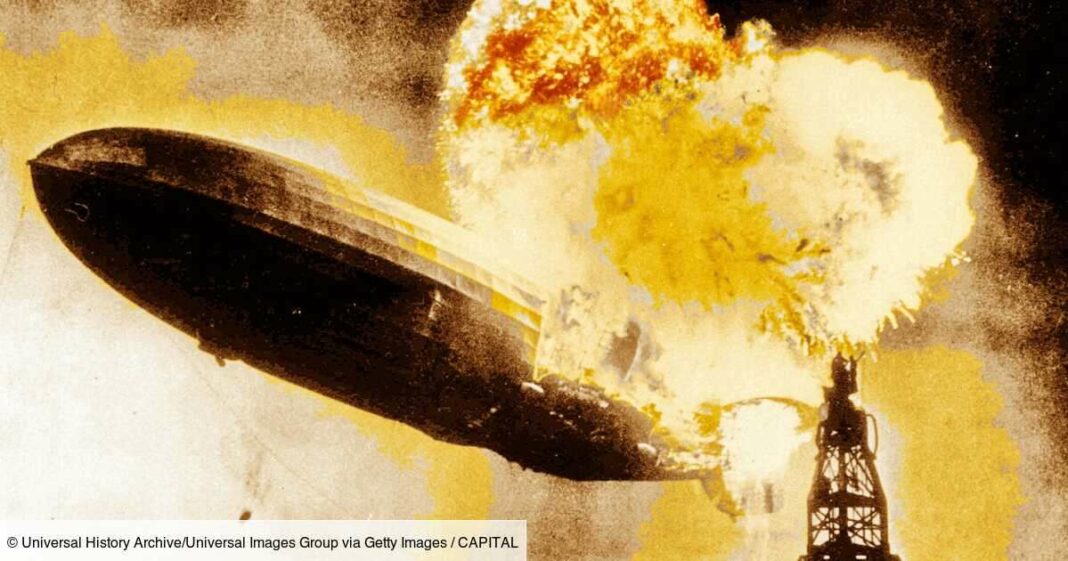In 2024, Wall Street has excelled, with a 25% increase in the S&P 500, contrasting sharply with declines in European indices. However, American stocks are historically overvalued, raising concerns about potential market vulnerabilities and speculative bubbles. The Hindenburg omen, a technical signal for impending declines, suggests investors are gravitating towards overvalued stocks, mirroring past speculative disasters. Experts urge caution as the market’s euphoria may mask significant risks, emphasizing the need for rational investment decisions.
Wall Street’s Stellar Performance in 2024
This year, Wall Street has demonstrated exceptional strength, with the U.S. stock market soaring by an impressive 25% as reflected in the S&P 500 index, which is favored by fund managers over the Dow Jones. In contrast, the CAC 40 has experienced a decline of 4%, while the Euro Stoxx 50 index, which represents the eurozone, has seen a modest increase of 6%. The significant disparity between American stocks and their French and European counterparts is striking, as noted by Catherine Garrigues, head of European Equity Strategy at Allianz Global Investors.
The Risks of High Valuations and Speculative Bubbles
Despite the remarkable surge, American stocks are now historically overvalued, trading at approximately 27 times projected earnings for the upcoming year, a valuation multiple not seen since 2021 and 1999, according to Allianz Global Investors. In stark contrast, European stocks are trading at around 14 times their estimated profits. This optimism, further fueled by Donald Trump’s election promises of tax cuts and deregulation, masks several vulnerabilities within the American stock market.
One significant concern is the negative yield gap between American stocks and government bonds, a rare occurrence that hasn’t been observed since the early 2000s, just prior to a major bear market. Additionally, the market capitalization of the largest American firms is alarmingly high, with just the top 10 companies (including giants like Nvidia, Apple, and Microsoft) accounting for 21% of the total global market capitalization—a figure that has tripled in the last decade.
Speculative bubbles in the stock market are not new, and the Hindenburg omen serves as a technical indicator designed to forecast substantial declines. This omen is triggered when multiple stocks hit new highs and lows, a bullish market trend is present, and market sentiment turns negative. This indicator aims to reveal hidden instabilities in the stock market, often overshadowed by a prevailing sense of euphoria.
Historical examples, such as Isaac Newton’s experience during the South Sea Company bubble in 1720, illustrate the perils of speculative investing. Initially, Newton profited handsomely from his investments but ultimately suffered devastating losses when the bubble burst. His story serves as a reminder that even the most intelligent investors can fall prey to collective irrationality, often driven by the fear of missing out.
As we analyze the current market conditions, some experts express concern over the potential emergence of a Hindenburg omen, suggesting that investors may be gravitating towards overvalued stocks. This situation underscores the necessity for caution and rational decision-making amidst the prevailing market euphoria. While Wall Street continues to reach new heights, there is a looming risk that a significant number of stocks could soon hit new 52-week lows, triggering the ominous warning of a market crash.
The Hindenburg omen acts as a beacon of caution, signaling when the market may be on the verge of a downturn. Observers note that this warning seems to be disregarded as investors treat overvalued stocks as if they are lottery tickets. The cautionary tales of figures like Newton and the implications of the Hindenburg omen remind us of the importance of market understanding and emotional discipline; failing to do so could lead to dire consequences for investors.
